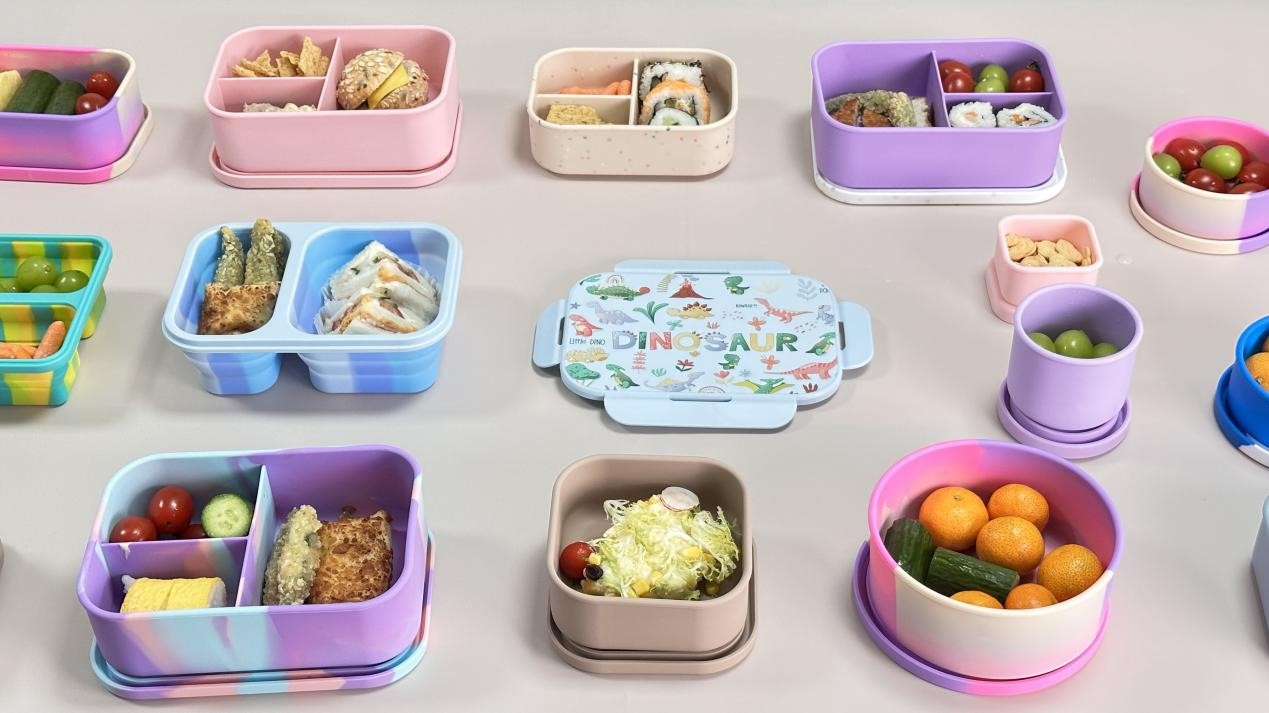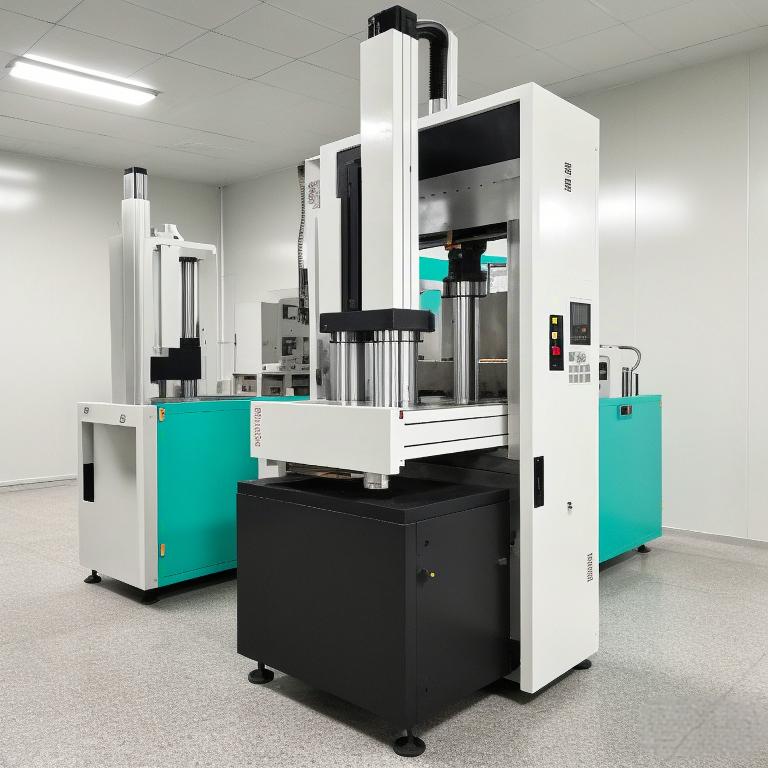内容
The Rise of Collapsible Water Bottle BPA Free Designs
As health and environmental awareness grows, consumers are prioritizing hydration solutions that eliminate toxins like BPA (bisphenol-A). A collapsible water bottle BPA free addresses these concerns by combining portability with material safety. Made from food-grade silicone, these bottles avoid the risks associated with traditional plastics, such as chemical leaching, while offering unmatched convenience for travel, fitness, and daily use.
Material Science: Why Silicone Is the Ideal Choice
Silicone’s inherent properties make it the gold standard for BPA-free collapsible bottles. Unlike plastic, which degrades over time and releases microplastics, silicone is inert, heat-resistant (-40°C to 230°C), and retains structural integrity even after thousands of folds. Medical-grade silicone, certified by FDA and LFGB standards, ensures no odors or flavors transfer to liquids—a critical factor for brands targeting health-conscious demographics.
Designing a Functional Collapsible Water Bottle BPA Free
Creating a practical collapsible bottle involves balancing flexibility with durability. Key design considerations include:
- Fold Patterns: Spiral or tri-fold compression to minimize storage space.
- Accessory Integration: Built-in carabiners, detachable straws, or wide-mouth openings for easy cleaning.
For custom silicone water bottle projects, manufacturers often use 3D modeling to simulate stress points and optimize wall thickness, ensuring the final product withstands repeated compression.


Applications Beyond Personal Hydration
While individual users drive demand, collapsible water bottle BPA free models are increasingly adopted by:
- Corporate Brands: Customized bottles for employee wellness programs or client gifts.
- Hospitality Industry: Hotels offering reusable bottles to reduce single-use plastic waste.
- Event Organizers: Bulk orders for marathons, festivals, or conferences.
These use cases highlight the versatility of silicone-based designs, which can be tailored in color, logo placement, and capacity (e.g., 350ml for compactness or 1L for outdoor adventures).
Sustainability: From Production to End-of-Life
A BPA-free collapsible bottle contributes to sustainability in two key ways:
- Material Efficiency: Silicone production generates less waste compared to plastic injection molding.
- Recyclability: While not all recycling facilities accept silicone, specialized programs can repurpose it into industrial materials like insulation.
Factories committed to circular economies may also offer take-back programs, where used bottles are shredded and reformed into non-food items like yoga mats.
Certifications and Compliance for Bulk Buyers
Businesses sourcing collapsible water bottle BPA free products should verify:
- FDA/LFGB Compliance: Ensures materials meet food-contact safety standards.
- REACH Certification: Confirms the absence of restricted chemicals like phthalates.
- ISO 9001: Reflects consistent quality control in manufacturing.
Transparent suppliers provide third-party test reports, which are crucial for brands marketing to eco-conscious or regulated markets (e.g., EU or North America).
Challenges in Manufacturing Collapsible Bottles
Producing a reliable BPA-free collapsible water bottle requires addressing:
- Material Thickness: Thin walls enhance portability but risk tearing; thicker silicone improves durability.
- Mold Precision: Complex fold patterns demand high-tolerance molds to avoid misalignment.
- Cost Efficiency: Balancing custom features (e.g., dual-layer insulation) with bulk pricing.
Experienced manufacturers mitigate these issues through iterative prototyping and stress-testing under real-world conditions.
Future Innovations in BPA-Free Hydration
Emerging trends include:
- Self-Cleaning Bottles: UV-C LED modules integrated into caps.
- Smart Hydration Tracking: Bluetooth-enabled sensors to monitor water intake.
- Plant-Based Silicone: Bio-silicone derived from rice husks or sugarcane to reduce carbon footprints.
These advancements aim to enhance functionality while aligning with global sustainability goals.
Conclusion: A Practical Solution for Health and Convenience
The collapsible water bottle BPA free represents a fusion of safety, portability, and environmental responsibility. For businesses, partnering with manufacturers that prioritize material innovation and rigorous testing ensures products meet both regulatory standards and consumer expectations. Whether developing a branded line or sourcing bulk orders, silicone’s adaptability and durability make it a strategic choice for long-term market relevance.




